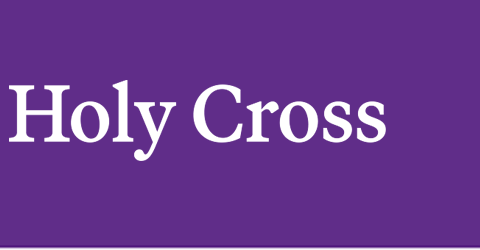College Honors Program
Language and Cognition: A Comparison of Spatial and Mathematical Cognition in Visual and Auditory Languages
Date of Creation
5-18-2022
Document Type
Campus Access Only
Department
Psychology
First Advisor
Stephanie Clark
Second Advisor
Ying Li
Abstract
This thesis aims to clarify the influence of visual modes of language on spatial and mathematical aspects of cognition. Previous research has demonstrated variation in cognition across users of spoken languages, but little attention has been given to visual languages. Since cognitive differences exist between spoken languages, it is likely that there will be significant differences in cognition between spoken and signed languages. This is especially likely in the area of spatial cognition as sign languages rely on a visuo-spatial structure. Cognitive differences and similarities across languages provides insight into the nature of language, thought, and culture. Examining all language modalities offers a fuller understanding of the interaction between language and cognition, as well as, the implications of this interaction.
Understanding the influence of visual language on cognition is vital for developing an evidence-based curriculum for deaf children. Curricula, testing, and educational standards are often applied to deaf children despite the fact that deaf people were not included in their development. As such, current educational standards may not be accurately targeting the needs and sufficiencies of deaf children who use sign language. This thesis will provide recommendations for curriculum development that matches the cognitive development of deaf sign language users.
Recommended Citation
Vitelli, Lauren, "Language and Cognition: A Comparison of Spatial and Mathematical Cognition in Visual and Auditory Languages" (2022). College Honors Program. 55.
https://crossworks.holycross.edu/honors/55



Comments
Reader: Lauren Bryant